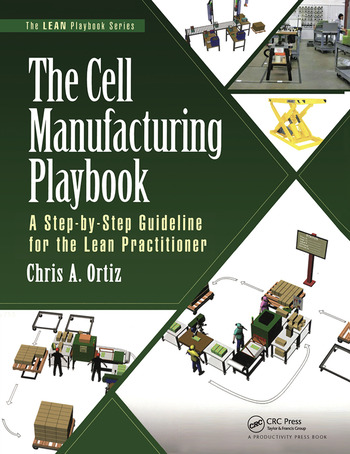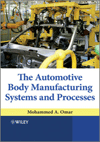The Institute for Supply Management says that manufacturing’s 18 consecutive months of decline ended in August when its purchasing managers’ index of manufacturing activity (PMI) registered 52.9 percent. This is the highest reading since June 2007. A PMI greater than 50 percent indicates that the manufacturing economy is generally expanding.
Whether this heralds the beginning of a genuine recovery remains to be seen. As I toured the exhibits at Assembly Technology Expo in September, I tried to gauge the outlook for manufacturing in the months ahead. The mood ranged from guarded optimism to skeptical.
Charles A. Rupprecht, executive vice president at BalTec Corp., is cautiously optimistic. His company is doing well, delivering machines for assembling medical and electronic devices. He believes adaptability will be a key growth factor for assemblers emerging from the recession. For example, stamping houses that have served the automotive industry for years are now doing value-added work. In the past, a shop might just have stamped out parts for a hood hinge and shipped them to another vendor or the automaker itself to assemble. Today, that supplier has added riveting machines and is delivering completed hinges to the automaker’s plant.
Uwe Peregi, executive vice president and general manager of Herrmann Ultrasonics Inc., says his company is still growing and-in contrast with many firms-hiring engineering talent. He is optimistic about growth in the medical, packaging and filtration industries. Applications in the automotive industry are also growing. For example, ultrasonic welders are used to assemble several components for the Mercedes Benz E-Class vehicles.
Michael A. Mervis, vice president of sales and marketing at S-B Industries Inc., echoed the mood of apprehension. While sales have picked up nicely since July, he’s concerned that this upward trend might not continue into 2010.
Michael A. Ferrara, director of Epson robots at Epson America Inc., is seeing a pickup in orders from manufacturers of small consumer electronics, as well as from automotive suppliers, which are buying robots to assemble small switches and other parts. Orders from medical component and packaging companies are also improving. He sees strong growth opportunities in equipment for end-of-line packaging of fragile or hard-to-handle products, such as candy and pharmaceuticals. It’s interesting to note that Epson continues to invest in growth, introducing four new robots in 2009.
Larry E. Stockline, president of Promess Inc. and ever a cautious observer of the contemporary scene, is far from convinced that we are already on the road to a robust recovery. Spending habits are changing. Consumers that once spent 110 percent of their incomes are now saving 10 percent of their earnings. As a result, he believes 2010 will be a period of adjusting capacity to need. Stockline also questions the assertion that the economy reached bottom in the first quarter of 2009. Instead, he fears the economy is on a short-term false bottom that we might break through in the next 12 to 15 months.
Regardless of the economy, manufacturers must move products based on new technology to profitable completion, as Raymond H. Puffer Jr., P.E., stressed in his conference presentation on flexible automation for fuel cell manufacturing. Puffer, program director for industrial automation at Rennselaer Polytechnic Institute’s Center for Automation Technologies and Systems, warns: “If we do not aggressively pursue R&D of fuel cell manufacturing methods and systems, we may well find ourselves in the position of being leaders in the design and development of fuel cells, only to have the value-added manufacturing performed offshore.” Those manufacturers who meet this challenge successfully will find good things over the horizon.
Get our new eMagazine delivered to your inbox every month.
Stay in the know on the latest assembly trends.
SUBSCRIBE TODAY!Copyright ©2024. All Rights Reserved BNP Media.
Design, CMS, Hosting & Web Development :: ePublishing


